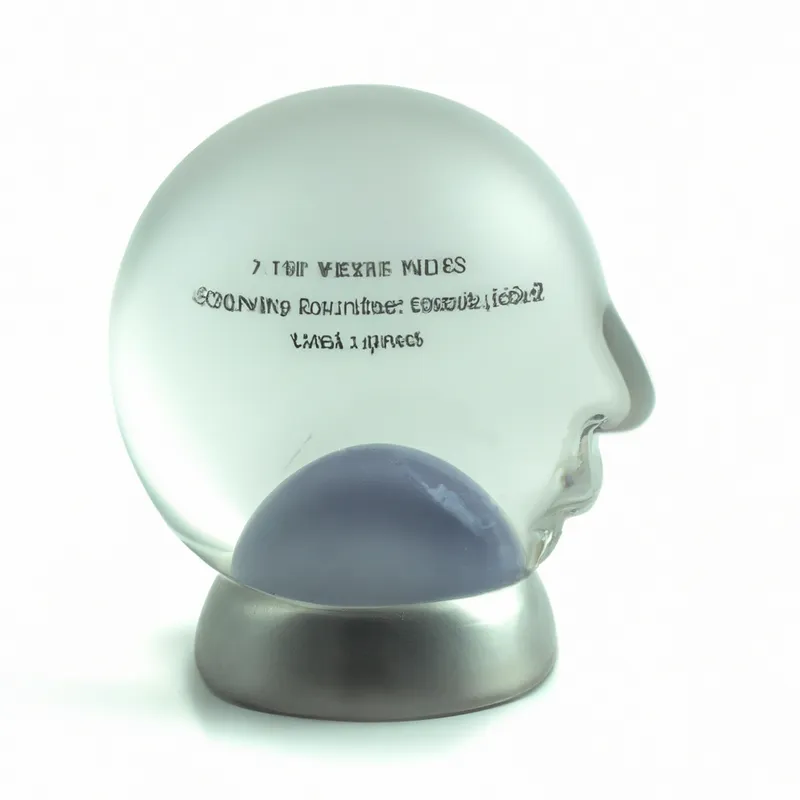Breathe Deeply: Unlock Meditation’s Hidden Potential
The Science of Breath: How Different Breathing Techniques Enhance Meditation Practice
Breath forms the foundation of life. It supports physical existence and enriches our experiences. In meditation, breath connects the mind and body. Exploring various breathing techniques enhances your meditation practice. Let’s explore how breath transforms meditation.
The Importance of Breath in Meditation
Breath plays a vital role in meditation. It anchors your focus and calms your mind. Conscious breathing sends relaxation signals to your brain. These signals help reduce stress. Research shows controlled breathing affects your body’s physiological responses. Understanding this connection is essential for effective meditation.
Understanding Diaphragmatic Breathing
Diaphragmatic breathing, or abdominal breathing, proves highly effective. This technique fully engages the diaphragm. Inhale deeply, allowing your abdomen to rise. This promotes deeper breaths and enhances oxygen exchange.
To practice diaphragmatic breathing:
1. Sit or lie comfortably.
2. Place one hand on your chest and the other on your abdomen.
3. Inhale deeply through your nose, focusing on your abdomen rising.
4. Exhale slowly through your mouth, feeling your abdomen fall.
Use this technique during meditation to center your mind and enhance your experience.
Exploring Box Breathing
Box breathing offers a powerful technique. This simple method involves inhaling, holding, exhaling, and holding your breath for equal counts. This rhythmic pattern calms the mind.
To practice box breathing:
1. Inhale through your nose for a count of four.
2. Hold your breath for a count of four.
3. Exhale through your mouth for a count of four.
4. Hold your breath again for a count of four.
Repeat this cycle several times. Box breathing regulates your nervous system, reduces anxiety, and cultivates focus.
Utilizing Alternate Nostril Breathing
Alternate nostril breathing balances the brain’s hemispheres. This technique promotes relaxation and reduces tension.
To practice alternate nostril breathing:
1. Sit comfortably with a straight spine.
2. Use your right thumb to close your right nostril.
3. Inhale deeply through your left nostril.
4. Close your left nostril with your right ring finger.
5. Open your right nostril and exhale through it.
6. Inhale through your right nostril, then switch to exhale through the left.
This technique clears the mind and enhances emotional balance. Use it before or during meditation to deepen your practice.
Tips for Integrating Breathing Techniques into Meditation
Incorporate breathing techniques into your meditation to elevate your practice. Follow these tips for effective integration:
1. **Start Slowly**: Begin with short sessions focused on your breath. Gradually increase the duration as you feel comfortable.
2. **Set an Intention**: Establish a clear intention before each session. This guides your focus and enhances your experience.
3. **Stay Consistent**: Practice regularly to experience the full benefits of these techniques.
4. **Be Patient**: Don’t rush the process. Mastering breathing techniques takes time and practice.
Benefits of Breath-Focused Meditation
Breath-focused meditation offers numerous benefits. First, it reduces stress and anxiety. Focusing on your breath diverts attention from daily worries. Second, it enhances mental clarity. Deep breathing improves oxygen flow to the brain, boosting cognitive function.
Moreover, breath-focused meditation promotes emotional resilience. It helps you manage emotions effectively, leading to balance and centering.
Additionally, consistent practice improves physical health. Studies indicate controlled breathing lowers blood pressure and enhances heart health.
Conclusion
Breathing techniques significantly enhance your meditation practice. Techniques like diaphragmatic breathing, box breathing, and alternate nostril breathing transform your experience. Integrating these methods cultivates deeper awareness and relaxation.
Practice regularly and be patient. Everyone’s meditation journey is unique. With dedication, you will reap the benefits of mastering breath. Embrace the science of breath and elevate your meditation practice today.
Below are related products based on this post:
FAQ
Why is breath important in meditation?
Breath plays a vital role in meditation as it anchors your focus and calms your mind. Conscious breathing sends relaxation signals to the brain, helping to reduce stress and improve the overall effectiveness of your meditation practice.
What are the benefits of breath-focused meditation?
Breath-focused meditation offers several benefits, including reduced stress and anxiety, enhanced mental clarity, improved emotional resilience, and better physical health. It helps divert attention from daily worries and promotes balance and centering.
How can I integrate breathing techniques into my meditation practice?
To integrate breathing techniques into your meditation practice, start slowly with short sessions focused on your breath, set a clear intention for each session, practice regularly for maximum benefits, and be patient as mastering these techniques takes time.















Post Comment